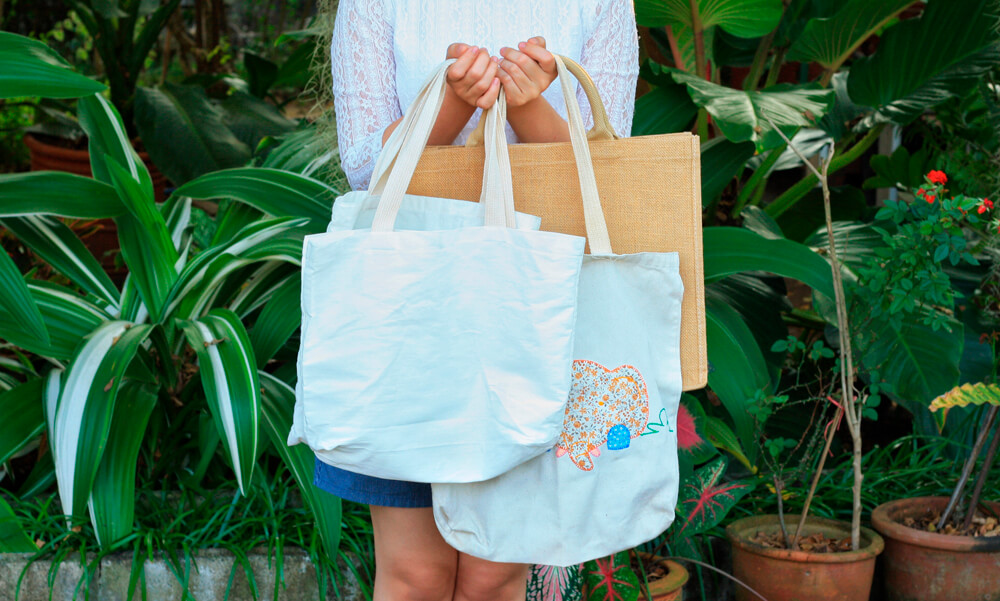At the beginning of July, a ban on disposable carrier bags came into force at the checkout area in stores. The use of reusable bags has steadily increased in recent years and the sorting of waste has become very common among the public and companies, as it is expected to be. Once you have started sorting, there is no going back, it is impossible to skip it. A person almost aches as it is not available.
Previously, the purchase of plastic bags for goods was unequivocally justified by the fact that they would then be used for household waste. The corn starch bags took over that role, but they have also been removed from the checkout areas. That’s why you sometimes indulge on a gray garbage bag – made of plastic – just for the household garbage. They take FOREVER degrading but “cost” the environment rather little in production. Disposable paper bags decompose well, but the production puts a lot more pressure on the environment.
Likewise, those plastic bags that do enter the home are often given a new role. Bread bags are e.g. fine under a packed lunch, many times. On social media, groups are springing up where ideas are exchanged for reusing everyday things that were previously thrown away without thinking. The thinking of the consumer generation is gradually changing. Stores are following the lead as well as manufacturers. Which is just as good. Reusable bags are really in fashion. It’s just cool to show off with a nice multi-purpose cotton bag BUT it also “costs” the environment a lot to produce them. A Danish study to that effect indicates e.g. that paper bags are 40 times more environmentally friendly than plastic bags. Towel bags are 7,000 to 20,000 times worse and organic cotton the worst, because it requires more energy production and more space.
Everything that is good is also bad. What in the world can we do then? Well, buy less, use more and waste less.


